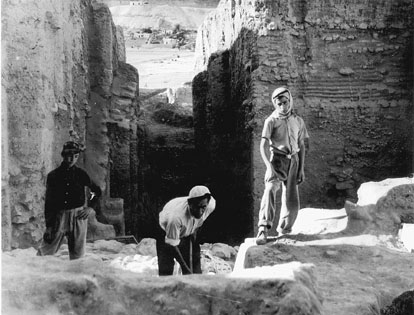

 | Page 1249 |  |
to influence fieldwork in Israel, initially in the U.S. excavations at Gezer in 1964–1974, directed by Wright, W.G. Dever, and J.D. Seger, where the staff was multidisciplinary and experimented deliberately with the adaptation of improved stratigraphic and retrieval methods, expanding those pioneered by Kenyon. These methods were then transferred and developed further in the 1970s in other U.S. projects by Gezer-trained excavators, ultimately influencing both Israeli and Jordanian archaeologists. Projects belonging to the Gezer tradition included Tell el Hesy (1970–1979), Galilean synagogue projects (1971–), Lahav (1976–), Tel Miqne/Ekron (1981), and in Jordan, the Hesban/Madeba Plains project (1968–). The new orientation, which had become standard by the 1980s, may seem obvious now, and even inevitable. But there were, and still are, heated controversies, not only on the part of recalcitrant biblicists but also from Israeli archaeologists, many of whom are still more traditional. Nevertheless, by the 1980s the new look in archaeology was here to stay, and for better or worse, the child had “come of age.” The watchwords of the fledgling discipline of Syro-Palestinian archaeology were “secular,” “specialized,” and “professional.” The prospects, if any, for a biblical archaeology are treated separately later.

Excavations under the direction of Kathleen Kenyon of London University on the site of ancient Jericho
(Hulton Getty)
Dever has argued that all along biblical archaeology of the Albright-Wright style, which fairly or not raised the specter of fundamentalism, was a peculiarly American phenomenon. To be sure, British, French, German, Italian, and other European schools had also seen both sacred and secular approaches to ancient Syria-Palestine, but the theological crisis, or the “faith and history” theme, imported from concerns in biblical scholarship, had never become a principle issue in archaeology in Europe. Nor had clerics and funding from ecclesiastical institutions ever been dominant, except perhaps in Germany. The two archaeologies usually coexisted peacefully. Certainly the debate over biblical
 |  |